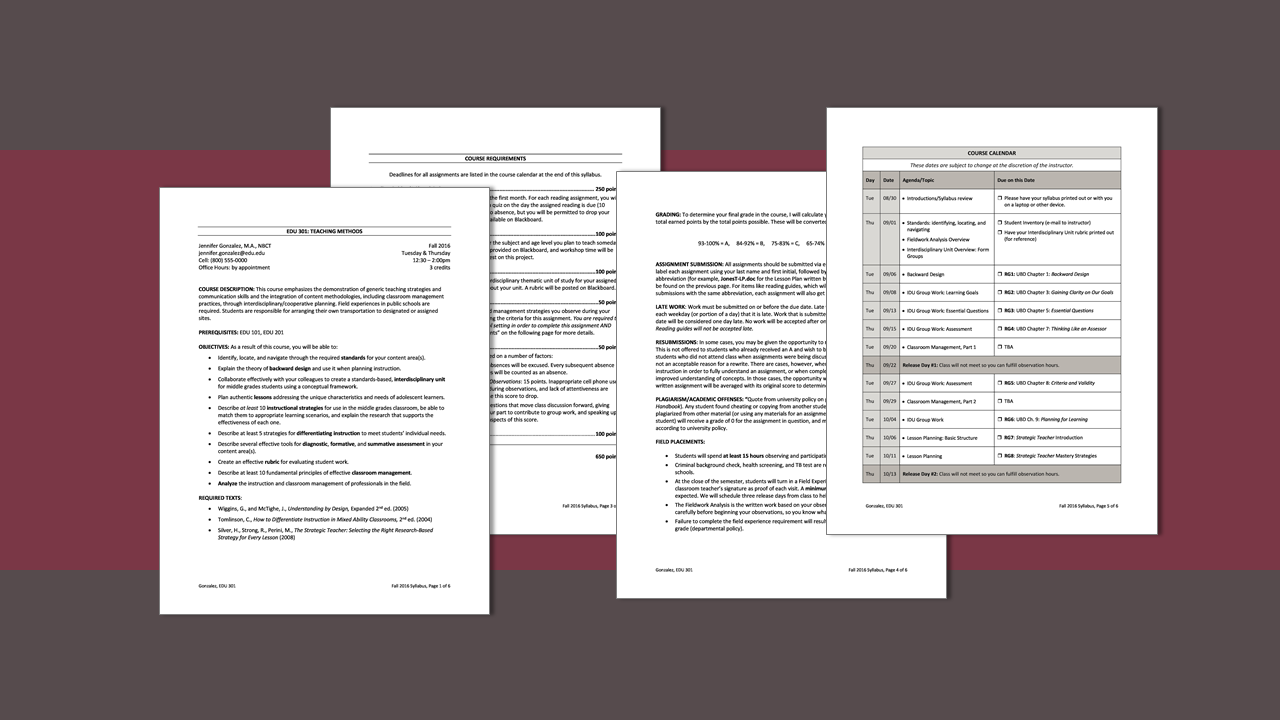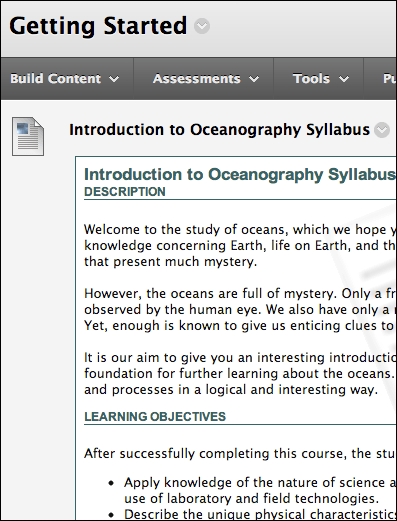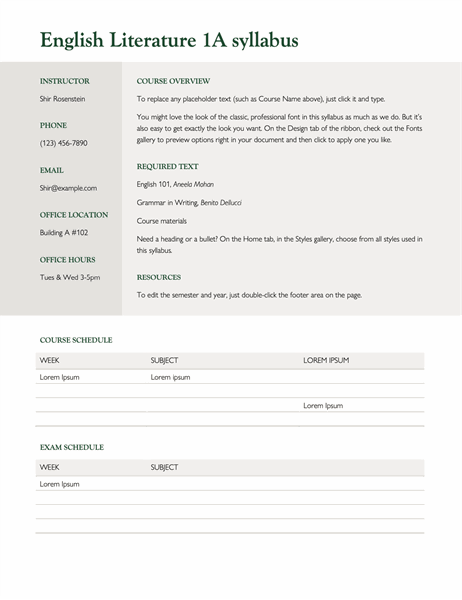Favorite Tips About How To Build A Syllabus

Provide the schedule of your course.
How to build a syllabus. Typically, the first items on a syllabus will be the course title, number, section, credit hours, meeting times and location. What study plan is best in your opinion. Outline those and draft a script.
But who has time to learn a new technology? Emphasis on course objectives and provide a rationale for how. Set expectations while establishing an engaging foundation for new and returning learners using an interactive syllabus.
The ncert syllabus for class 4 evs is designed by the national council of educational research and training (ncert) under the guidelines of the national curriculum. Building a course syllabus the specific structure of a syllabus can vary greatly depending on the instructor’s preference, target audience, course content, course level, or course structure. When creating the syllabus, keep in mind the target for whom you are creating the syllabus.
Your syllabus should include clear headers, visuals and other elements that make it easy for students to understand each section. Key features to consider adding or modifying specifically for your online class. From contact information and office hours, to grading.
Consider adding a photo or welcome video to your syllabus. We introduced the concept of building an interactive. Take a look at your syllabus and decide what are the most crucial points of information you need your students to know.
It is also a good idea to note. Getting started with writing a syllabus check how your course contributes to your department, program, or graduate field curriculum and learning outcomes. Liquidsyllabus.com is here to make it easy to give your students the.
Copy and paste the content from your draft into the course syllabus template provided in your own canvas course. Required or strongly recommended components syllabi will certainly vary. This is a very important part of the syllabus so make sure that you put a lot of thought into it.
That's why you are building a liquid syllabus, or at least thinking about it. Review syllabi for the same. Basic information about the subject (title, subject number, meeting time and place, credit hours, etc.) contact information for instructional staff.
Just study what you feel like whenever you feel like it. Your syllabus, at minimum, should include: List the policies of your course and your classroom.

















